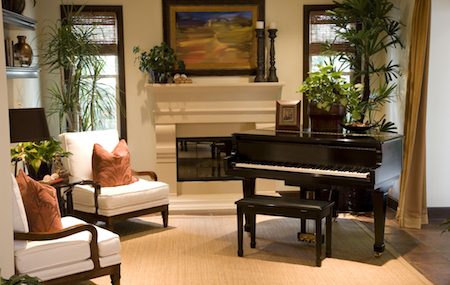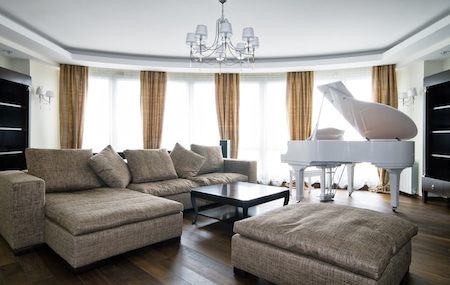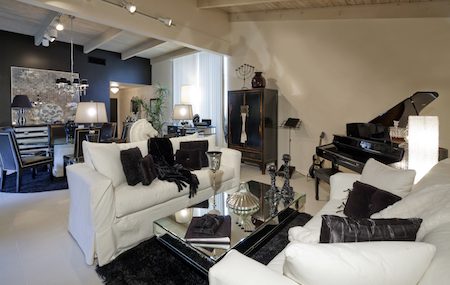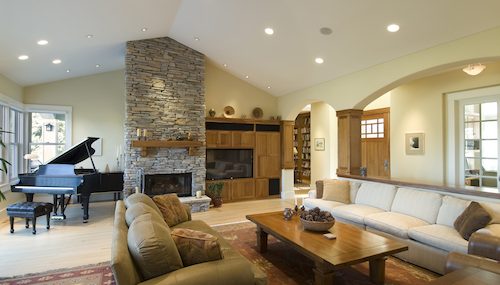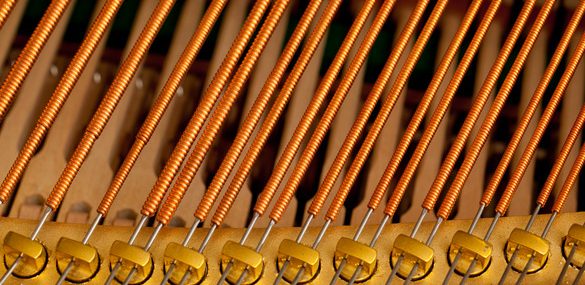Many parents start with the best intentions. Their kids express an interest in music, so they buy an inexpensive keyboard for the holidays in hopes of pushing them towards their dreams.
It’s frustrating to find a few months later that the keyboard is in the back of the closet, never touched after a few weeks of playing. What went wrong?
Those inexpensive keyboards aren’t designed to be much more than a toy. They don’t sound right. Often, they aren’t in tune. And you can’t become musically inclined by playing with a toy.
The only way to be serious about music is to buy the right piano that works for your skill level.
When you’re ready to buy the right piano for your needs, the first step is to decide between an acoustic or digital piano. Both have pros and cons; it’s important to consider these five things before making your final selection:
The sound
In general, a good piano has great tonal quality. When you touch the keys and play music, listen to the sound produced. Even pianos from the same manufacturer can have different sounds, so it’s important to try out every piano you’re considering before you buy.
The keys
Ensure all keys create sound and have a smooth surface free of damage. Keys should have resistance – something not all digital pianos have. When you strike a key, there should be sufficient cushioning to reduce the shock to your fingers while you play.
The brand
Select a reliable brand that will bring you years of enjoyment. A lot of brands have earned good reputations and stand behind the pianos they produce. You can check out our selections here on our site, or stop by and we’ll show you our preferred models.
The location
Consider where you’ll place the piano in your home, and how often you’ll play it in your selected location. Pianos should never be placed where there are drastic temperature fluctuations, where they’ll be subjected to heat or moisture, or in direct sunlight. If you want to move your piano on a regular basis, or you have a small location with lots of family members coming and going, a digital piano might be of benefit to be able to plug in headphones to play at any time.
The warranty
When you buy a piano off Craigslist or from a private owner, what you see is what you get. When you buy a piano from a dealer, you’ll have a warranty that will protect your purchase for the foreseeable future. Ask about our warranties – we’re happy to share with you the easiest way to bring home a piano and start enjoying it today.

